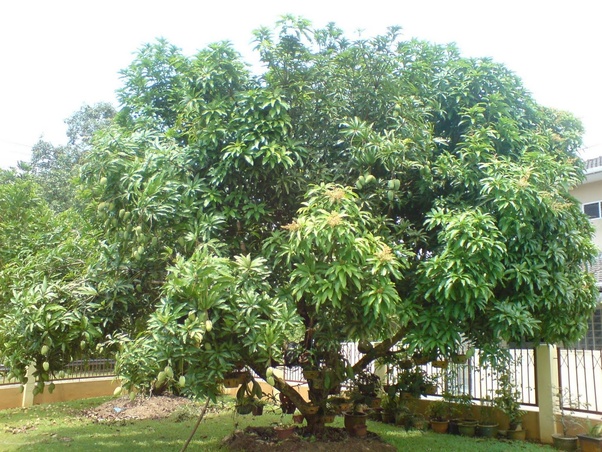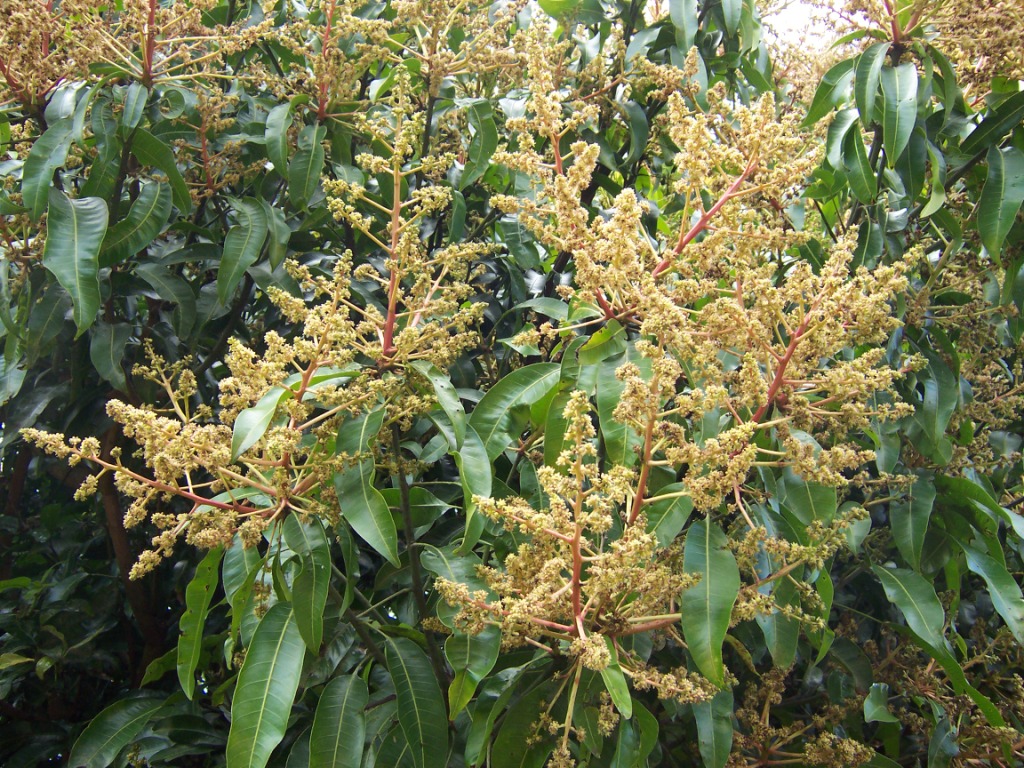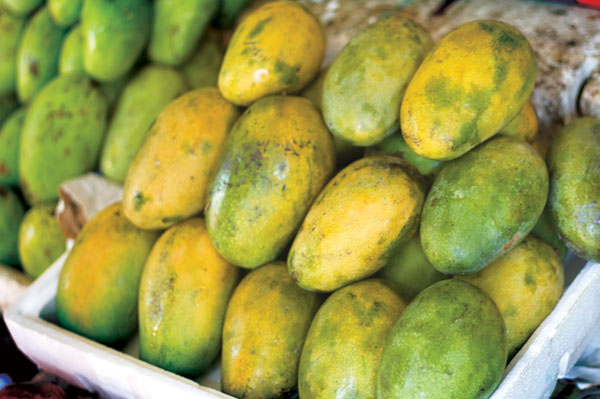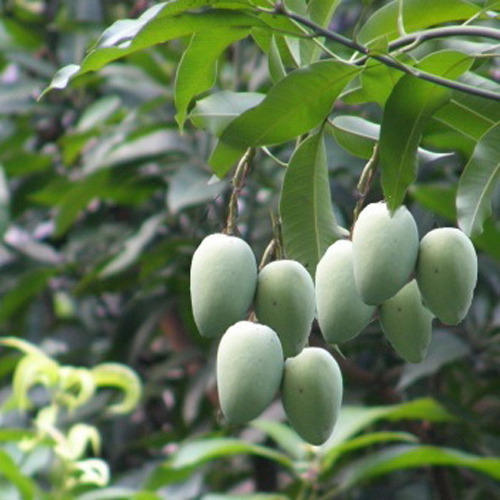MANGO
Mangifera indica
|
Reference No : |
0223 |
|---|---|
|
Scientific Name : |
Mangifera indica |
|
Sinhala Name : |
කරතළොම්බන් (KARATHAKOLOMBAN) |
|
Tamil Name : |
மா மரம் (MA MARAM) |
|
Other Common Names : |
|
|
Plant Family : |
Anacardiaceae |
|
Plant Group : |
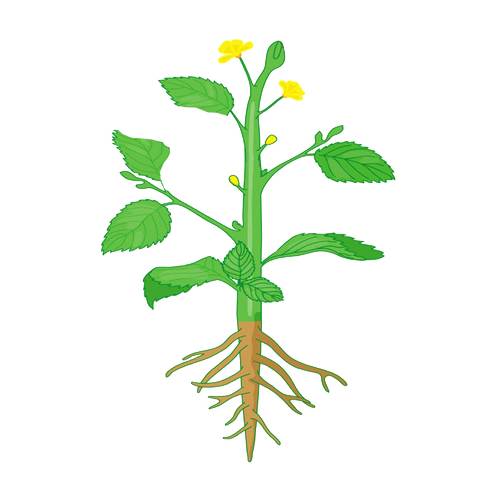 Angiosperms (Enclosed Seed) |
|
Crown Architecture : |
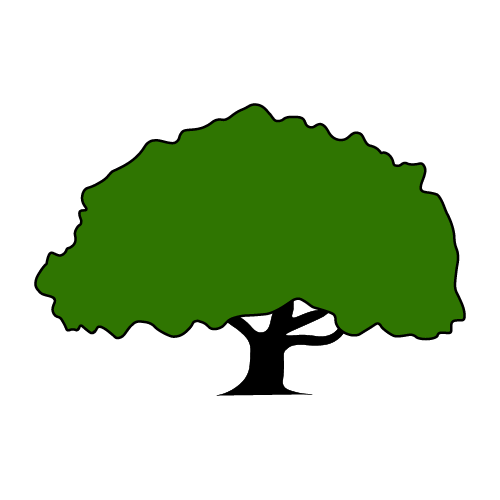 Spreading Canopy
Spreading Canopy
|
|
Plant Categories : |
Bird Attractive Plants; Canopy plants; Common Landscaping Plants; Cooking Plants; Courtyard Plants; Dark Green Plants; Dry Zone Plants; Edible Plants; Flowering Plants; Fruiting Plants; Intermediate Zone Plants; Large Trees; Low Maintenance Plants; Medium Size Trees; Ornamental Plants; Parking Area Plants; Roadside Plants; Seasonal Plant; Shady Plants; Fast Growing Plants; Wood Value Plants; Evergreen Plants; Suitable for Hotel Landscapes |
|
Native Region(s) : |
Indian Subcontinent |
|
Plant Distribution(s) : |
India; Myanmar; Indo-Malesia Region |
|
Elevation : |
Above sea level and below 500 m |
|
Average Height : |
12.00 - 30.00 m |
|
Maximum Height : |
40.00 |
|
Average Width : |
30.00 - 38.00 m |
|
Maximum Width : |
40.00 |
|
Propogation(s) : |
By Seeds; By Grafting |
|
Average Longevity : |
300 years |
|
Maturity Longevity : |
5 years |
|
Medicinal Use : |
Yes |
|
Medicinal Value : |
PARTS USED IN TREATMENT
Treatment for
RELATED MEDICINAL PROPERTIES
|
|
Description : |
Growth Rate: Fast Leaf: Evergreen Flowers: Inflorescence terminal panicle; flowers polygamous, radially symmetrical. Usually only 1 fertile stamen per flower; 4 other stamens are sterile. Each flower has a conspicuous 5-lobed disk between the petals and stamens. Fruit: Irregularly egg-shaped and slightly compressed fleshy drupe, 8-12 (-30) cm long, attached at the broadest end on a pendulous stalk. Skin smooth greenish-yellow, sometimes tinged with red. Underlying yellow-orange flesh varies in quality from soft, sweet, juicy and fiber-free in high-quality selected (clonal) varieties to turpentine-flavored and fibrous in unselected (wild) seedlings. Individual fruits can be round, oval, heart-shaped, or kidney-shaped; and can weigh as little as a few ounces or as much as five pounds. The soft pulp is juicy and sweet, although it can sometimes has an acid overtone. At its best, mangoes have a pleasant resinous quality, but at its worst can smell like kerosene. Trunk (bole): Long bole can be 60 - 120cm in diameter Habitat: A mid-canopy tree in humid tropical forests, usually growing in the more open, secondary formations. Habit: Evergreen Tree |
Foliage |
|
|
Leaf Shape : |
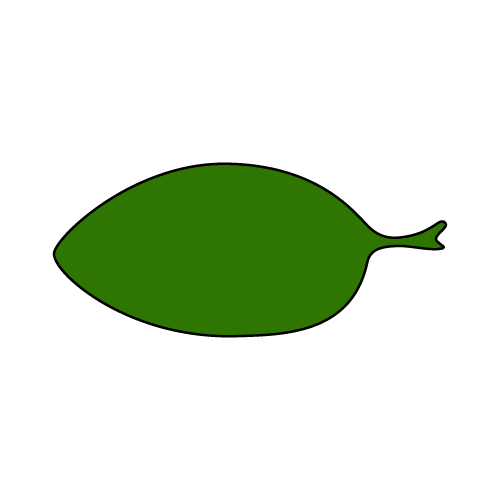 Elliptic Shape
Elliptic Shape
|
|
Leaf Arrangement : |
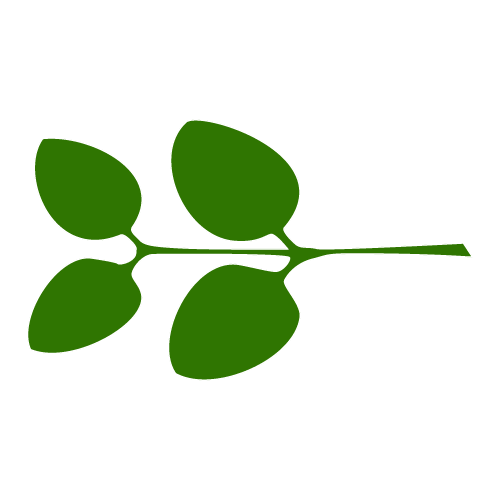 Opposite leaf arrangement
Opposite leaf arrangement
|
Flowering |
|
|
Is Flowering : |
Yes |
Fruiting |
|
|
Bears Fruits : |
Yes |
Maintenance |
|
|
Soil Types : |
Loam Soil; Slightly Acidic (pH 6.1 - 6.5) |
|
Water : |
Medium/Moderate |
|
Sunlight : |
Full |
|
Humidity : |
High |
Edibility |
|
Legal Status |
|
If you find any errors, please email us at info@biophilia.lk
